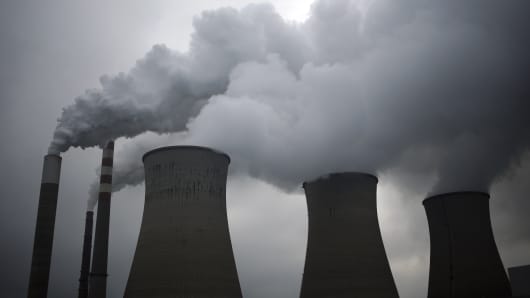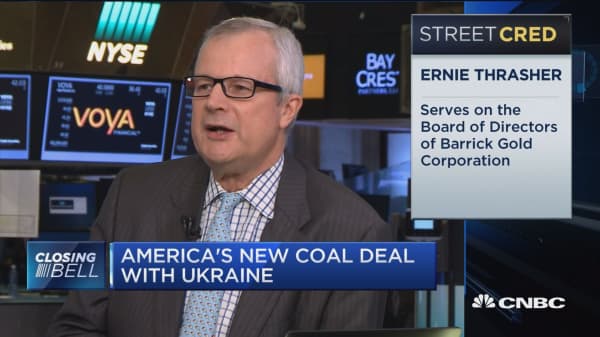Second, there is growing concern over the impacts on fresh water. Mountain top removal for coal mining frequently buries streams, contaminates local water sources, and increases the risk of flooding. Furthermore, some types of coal need to be washed to remove excess oil and slurry, contaminating surface and ground water and making it unusable for any other purpose afterward. In a world in which fresh water is increasingly a scarce resource and is urgently needed for food security and sanitation, there is rising anxiety about coal's impact on water. Highly water-intensive, a typical coal plant uses up to four billion gallons of water a year.
Third, as a result of the above two effects, public tolerance of coal plants that pollute the air and mines that contaminate the surrounding water is quickly dwindling. The effects are becoming more understood and increasingly measured, therefore less acceptable.
Fourth, coal is an obsolete technology that creates no new jobs. In fact the industry has been contracting employment over the past 10 to 15 years worldwide as mining becomes every day more automated. In the U.S. the coal industry has shrunk from 130,000 to around 50,000 today, fewer than are currently employed by Arby's. Meanwhile the International Energy Agency said that the solar PV industry creates more than twice the number of jobs per unit of electricity generation compared with coal or natural gas. With the right support, coal miners can retrain and become key to the new energy generation industry.
Fifth, renewable energy is increasingly competitive and rapidly rising to utility scale, making finance institutions no longer willing to incur the risk of exposure to assets, which are no longer competitive and quickly losing their value in rapidly changing energy markets. The world's newest development bank, the Asian Infrastructure Investment Bank (AIIB,), has said it will not fund coal. Bank of America was the first major private sector bank to adopt a policy to scale back financing for coal mining companies. Goldman Sachs has concluded that thermal coal has "reached its retirement age" and Bloomberg New Energy Finance has assessed the "beginning of the end" for fossil fuels, in particular coal.
Sixth, the myth that coal is the only avenue to poverty reduction has been definitively punctured. There are 1.2 billion people worldwide who still in 2017 have no electricity, a major driver of growth and wellbeing. If coal could have provided electricity to them, it probably would have done so over the past one hundred years, but the high cost of extending the grid has prevented this. Un-electrified homes stand a much better chance of benefiting from electricity now that renewables provide the opportunity to produce energy in a decentralized manner, e.g. through individual rooftop solar panels or mini grids for isolated villages.
Finally, responsible corporations are increasingly demanding clean energy as the basis of their operation. There are already more than 100 large corporations that are committed to using 100% renewable energy, either buying it under direct contract to the generator, or in some cases even investing in their own clean generation capacity, even though they are not energy companies.
Any one of the above reasons would individually suffice to bid farewell to the technology in a world with viable alternatives, but the weight of the full package leaves no doubt as to the demise of coal. And this analysis has not even considered the global CO2 pollution produced by the burning of coal.
There are of course vestiges of coal around the world and we will see the long tail of the transition toward cleaner, cheaper and more effective forms of energy. What is impressive is the growing number of coal companies that have themselves started to close coal plants because they are no longer financially viable or because they have high level of public opposition. But none of those closures are as emblematic of today's reality as the Kentucky Coal Museum that installed roof top solar panels to save on electricity costs. The writing is not on the wall, it is on the roof.
Commentary by Christiana Figueres, former UN climate chief who oversaw the signing of the Paris Agreement on climate change in late 2015. She is currently the vice chair of the Global Covenant of Mayors and convener of Mission 2020, a group aiming to bring new urgency to the global climate conversation.
For more insight from CNBC contributors, follow @CNBCopinion on Twitter.





